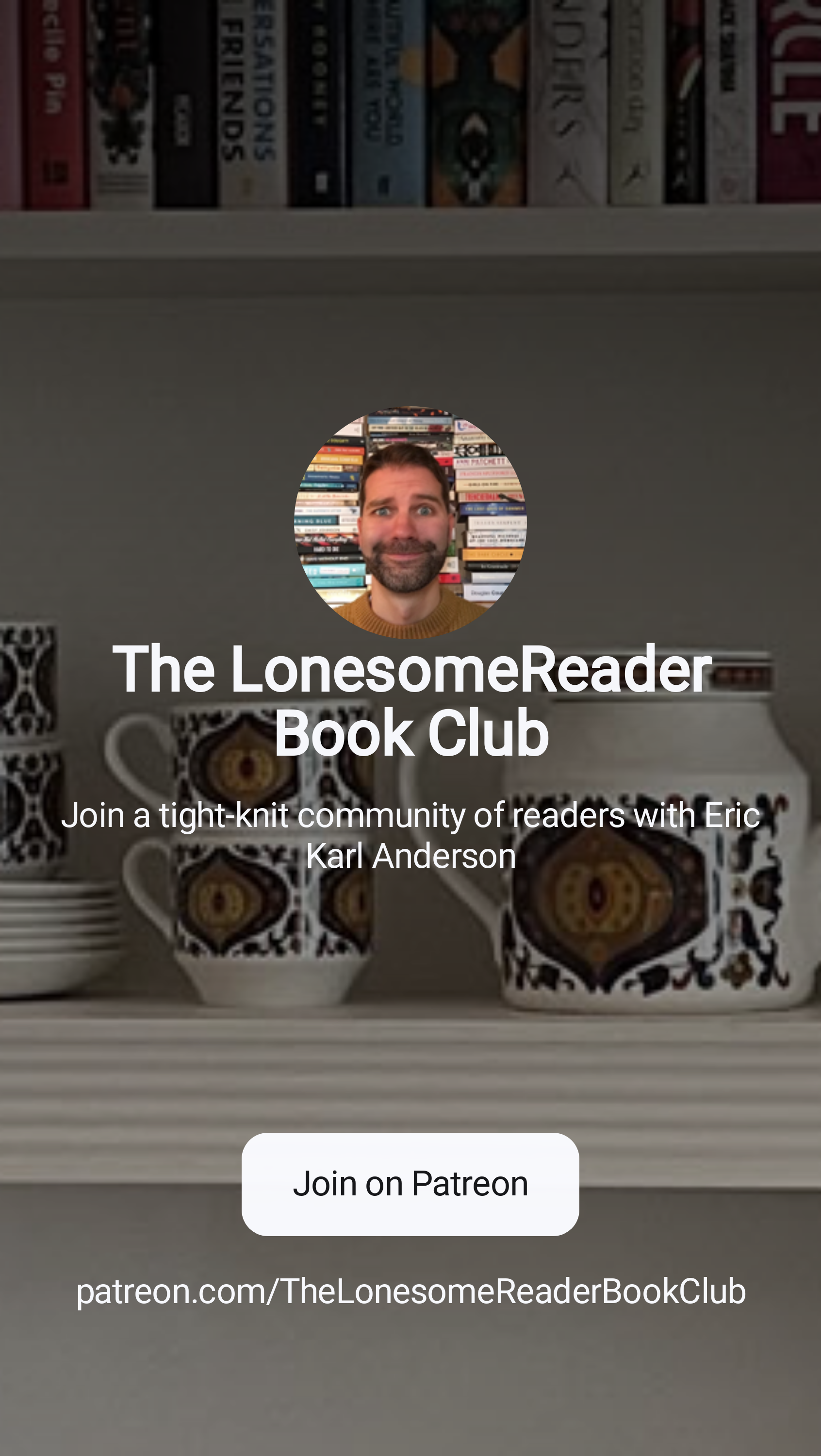I’ve took some time calming down from the shock of the shortlist decision for this year’s Women’s Prize for Fiction. Few people expected this particular group of novels! It was a lot of fun discovering what was on the list alongside Anna James which you can watch in this video we made together. But we were both stunned that two of our favourites “Ghost Wall” and “Lost Children Archive” weren’t included and I was really disappointed not to see one of my favourite novels from last year “Swan Song” on the shortlist. I’d also spent a lovely morning on Saturday discussing the longlist with a shadow panel I’m on that includes Antonia Honeywell and Eleanor Franzen. They were also big fans of Moss and Luiselli’s novels. Eleanor wrote a really impassioned response to the official shortlist on her blog here and Antonia spent a morning discussing the list and prizes on her Monday morning radio book show on Chiltern Voice. Our shadow group formed our own shortlist out of the longlisted novels which you can see in the photo of us here. Personally, I stand by our choices over the official ones selected.
Looking at the list as a whole, it’s great to see that it includes a racially diverse group of authors. Only one debut novel is included and the books were all put out by a variety of publishers. However, what’s most surprising is that the judges chose some novels with quite similar themes considering that both Barker and Miller’s novels are retelling of Greek myths from a female narrator’s point of view. Also, Evans and Jones’ novels deal with the breakdown of relationships in a modern time period. Usually the groups listed include a wider breadth of themes. Of course, looking at the novels’ subjects and styles more closely does reveal more variations. Aside from content and looking at reputation, it feels a bit disappointing that novels such as “Milkman”, “An American Marriage” and “Circe” which have all been so popular and sold so well should be getting more attention over lesser-known gems that I loved reading such as “Swan Song” and “Praise Song for the Butterflies”.
Antonia, Eleanor and I with the six novels (by Moss, Luiselli, McFadden, Broder, Greenberg-Jephcott and Miller) that we selected as our shadow panel shortlist.
It’s really tricky trying to guess what novel might win from this list. It’ll be quite significant if “Milkman” goes on to win having already won the Booker Prize last year. In a way it’s excellent that this novel which was fairly obscure has gone on to be one of the most talked about books in the past year thanks to these two book prizes. But I personally had some issues with the circular nature of the narrative style which made Burns’ novel drag for me. One of my personal favourites from this list at the moment would be “Circe” and I’m sure many readers will love it but if she won it’d be quite surprising since she’s won this prize before. It’d be quite a funny and lovely coincidence if “Ordinary People” won the Women’s Prize this year because at this book prize’s party last year I was speaking to Sarah Waters who mentioned that her favourite recent novel was Evans’ book. Of course, I’ve not read Braithwaite’s novel yet and not completely finished reading Evans’ either so I might still change my mind about my own favourite. I’m glad there’s more to discover and debate about these books. Nevertheless, considering the outcry from some people in reaction to the shortlist I think this year’s selection will go down as one of the most controversial in the prize’s history! What do you think of the list? Are you eager to read any that you haven’t yet?

















